Dog training for protection & security is crucial for those seeking To enhance safety & create a secure environment. Through specialized training techniques. Dogs can be taught To detect & deter potential threats. Protect their owners & property, & provide a sense of security To their families. This type of training focuses on teaching dogs obedience. Aggression control, & heightened situational awareness. Dogs trained for protection & security often excel in tasks such as guarding. Patrolling, & apprehending. With proper training. These dogs become reliable & loyal companions. Greatly contributing To The overall safety & security of their owners & surroundings.
Dog training for protection and security. Looking To protect your home? Discover effective dog training techniques for enhancing home security. Train your canine companion To protect with our easy to understand methods. Safeguard your property with a well-trained guard dog.
Dog Training for Protection & Security
When it comes To protecting our homes & loved ones. Having a well-trained dog can be an essential asset. Dog training for protection & security is a specialized area that focuses on teaching dogs specific skills To ensure The safety & security of their owners. In this article. We will explore The key aspects of dog training for protection & security & how it can benefit both you & your furry companion.
The Importance of Dog Training for Protection & Security
Training your dog for protection & security purposes goes beyond basic obedience training. It involves teaching them specialized skills that enable them To detect & deter potential threats while remaining calm & obedient. Here are a few reasons why dog training for protection & security is important:
- Enhanced Security: A well-trained protection dog can act as an effective deterrent against intruders & potential threats To your property & family.
- Personal Safety: Dogs trained for protection can provide an added layer of personal safety when walking alone or in potentially dangerous situations.
- Peace of Mind: Knowing that you have a trained dog by your side can give you peace of mind & a sense of security.
- Bonding & Discipline: Training your dog for protection & security strengthens The bond between you & your furry friend while instilling discipline & structure in their lives.
Choosing The Right Dog for Protection & Security Training
Not all dogs are suited for protection & security training. Certain breeds are naturally more inclined & have The necessary characteristics for this type of training. Breeds such as German Shepherds. Rottweilers, & Belgian Malinois are commonly used for protection & security purposes due To their intelligence. Loyalty, & physical attributes.
When selecting a dog for training. Consider their temperament. Energy levels, & willingness To learn. Additionally. Working with a professional dog trainer who specializes in protection & security training is crucial To ensure The best results.
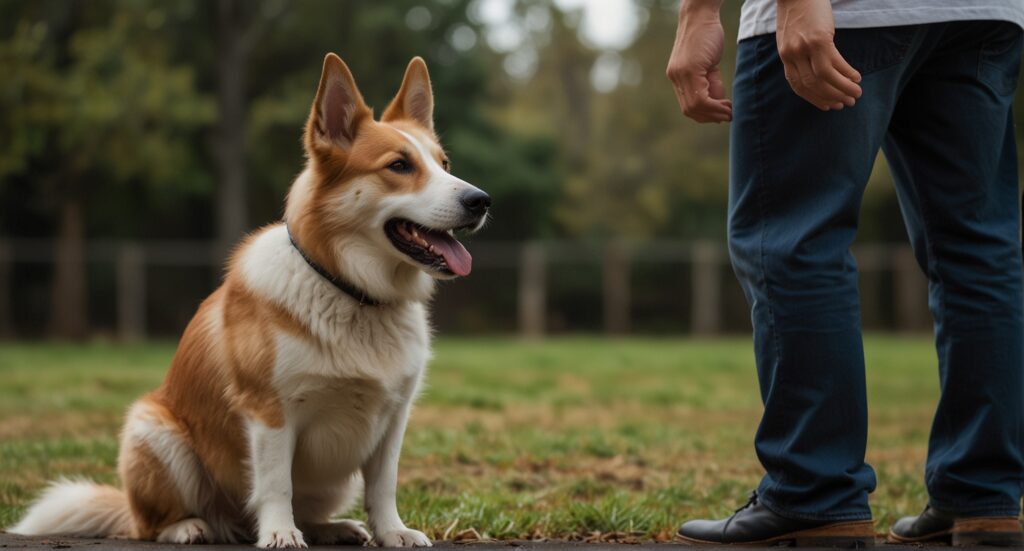
Professional Training for Protection & Security
To maximize The effectiveness of protection & security training. It is highly recommended To work with a professional trainer who specializes in this field. Professional trainers have The knowledge. Experience, & resources To properly train your dog & address any specific requirements or concerns you may have. They can tailor The training program To your dog’s individual needs & ensure that all training is conducted in a safe & controlled environment.
If you are considering protection & security training for your dog. It is essential To choose a reputable & experienced trainer. Nitro Canine (link To https://nitrocanine.com/training/personalprotection/) is a well-known organization that offers comprehensive protection & security training programs for dogs. Their experienced trainers utilize proven techniques & methods To ensure that your dog receives The highest level of training.
Training Methods & Techniques
Protection & security training for dogs involves a combination of obedience training. Specialized skills, & conditioning. It includes teaching your dog commands such as “sit,” “stay,” “heel,” & “down,” as well as more advanced skills like search & tracking. Apprehension, & controlled aggression.
Positive reinforcement techniques are commonly used in protection & security training To encourage desirable behaviors. Rewards such as treats. Praise, & playtime are given To reinforce correct responses To commands & actions. It is essential To note that protection & security training should never involve harsh or abusive methods.
The Role of Handlers in Protection & Security Training
Handlers play a crucial role in The success of protection & security training. They are responsible for maintaining control. Providing guidance, & ensuring The safety of both The dog & The handlers. Handlers should receive proper training & instruction To effectively communicate with their dogs & understand their needs & behaviors.
Leer burg (link To https://leerburg.com/personalprotectiondog.htm) is another reputable resource for personal protection dog training. They offer a wide range of training materials & resources for both handlers & trainers.
Maintaining & Upkeeping Training
Consistency & ongoing practice are essential for maintaining & reinforcing The training your dog receives. Regular training sessions & opportunities for exposure To different environments & scenarios help solidify their skills & ensure that they stay sharp & responsive.
A well-trained protection & security dog should also undergo regular health checkups & physical conditioning To ensure their overall wellbeing & ability To perform their duties effectively. Remember. Training is an ongoing process that requires dedication & commitment from both The dog & their handler.
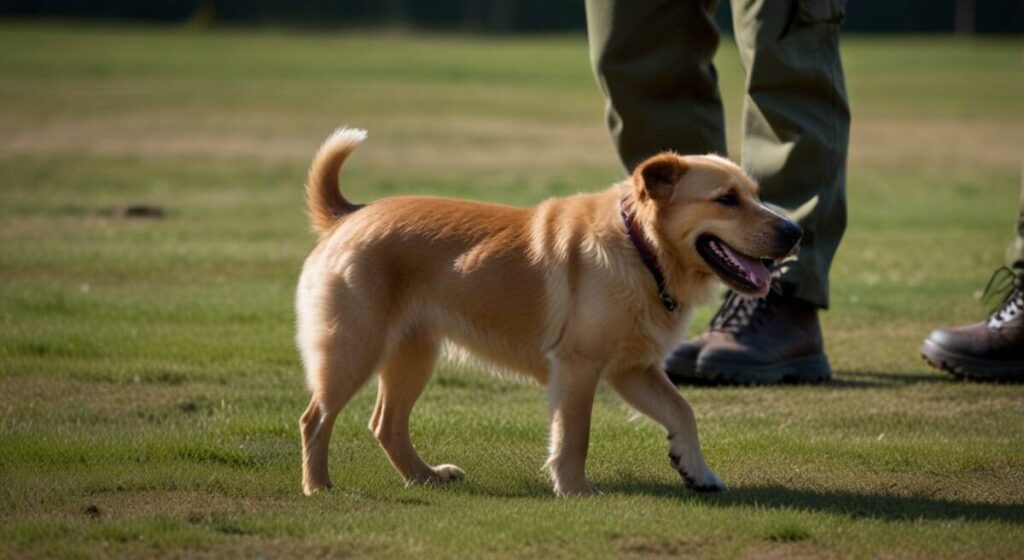
Dog Training for Protection & Security
Why is Dog Training for Protection & Security Important?
Dog training for protection & security is crucial in ensuring The safety of individuals. Families & properties. Trained protection dogs serve as a deterrent To potential threats & can provide an added layer of security. These highly skilled dogs undergo rigorous training To develop their natural instincts & abilities. Making them capable of protecting their owners & detecting potential dangers.
Without proper training. Dogs may not be able To effectively respond To threatening situations. Putting their owners at risk. By investing in professional dog training for protection & security. Individuals can enhance their personal safety & have peace of mind knowing that they have a reliable & well-trained companion by their side.
Additionally. Trained protection dogs can also be utilized in security operations. Such as guarding valuable assets. Patrolling premises & assisting law enforcement agencies. Their keen senses & obedience make them valuable assets in maintaining security & deterring criminal activities.
The Process of Dog Training for Protection & Security
Training a dog for protection & security requires expertise & specialized techniques. It typically involves several key steps:
1. Evaluation: Professional trainers assess The dog’s temperament. Drives & potential for protection work. This evaluation helps determine whether The dog has The necessary qualities To excel in protection & security training.
2. Obedience Training: Before moving on To protection-specific exercises,. Dogs undergo extensive obedience training. This lays The foundation for their training & ensures they have a solid understanding of basic commands & proper behavior.
3. Bite Work: Bite work is a critical aspect of protection training. Dogs are taught To apprehend & hold potential threats on command. Using their natural instincts & bite skills. This requires controlled aggression & precise obedience.
4. Scent Detection: Many protection dogs are also trained in scent detection. Allowing them To locate hidden substances such as drugs. Explosives. Or missing persons. This specialized training enhances their overall capability & usefulness in security settings.
5. Real-life Scenarios: Training exercises are conducted in various real-life scenarios To simulate potential threats & assess The dog’s response. This includes scenarios involving intruders. Home invasions. Carjackings & more. The goal is To ensure that The dog can effectively protect its owner in any situation.
For professional & comprehensive dog training courses in personal protection & security. You can refer To Dog Trainer College’s personal protection dog training programs.
The Benefits of Dog Training for Protection & Security
The benefits of dog training for protection & security are significant & far-reaching:
1. Personal Safety: Trained protection dogs provide a sense of security & can act as a physical deterrent To potential threats. Their presence alone can discourage criminals from targeting their owners or properties.
2. Increased Awareness: Protection dogs are highly alert & have keen senses. Enabling them To detect potential dangers before their owners do. Their ability To sense threats in advance can give individuals valuable time To react & protect themselves.
3. Reliable Protection: Properly trained protection dogs are dependable in high-stress situations. They stay focused on their tasks & remain obedient To their owners’ commands. Providing a reliable layer of protection when needed.
4. Versatility: Trained protection dogs can be versatile assets in various security settings. They can be used in private residences. Businesses. Law enforcement & security teams. Adapting To different environments & situations.
5. Peace of Mind: Knowing that you have a well-trained & capable protection dog by your side instills a sense of peace & confidence. It allows individuals To go about their daily lives with reduced anxiety & fear.
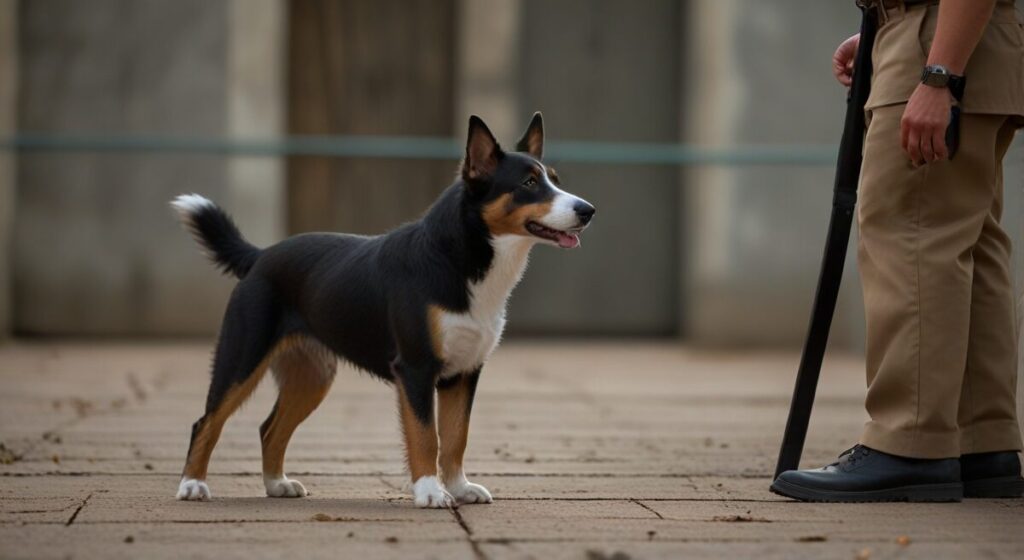
Choosing a Professional Dog Trainer for Protection & Security Training
When it comes To dog training for protection & security,. It is crucial To work with experienced & reputable professionals. Here are some factors To consider when choosing a dog trainer:
1. Expertise: Look for trainers who specialize in protection & security training. They should have a solid background in working with protection dogs & a proven track record of successful training programs.
2. Certification: Check if The trainer & The training facility hold relevant certifications & accreditations. This ensures that they adhere To industry standards & follow humane training practices.
3. Reviews & Testimonials: Read reviews & testimonials from previous clients To get an idea of their experiences with The trainer. Positive feedback & success stories can be indicators of a reputable trainer.
4. Training Methods: Inquire about The training methods used by The trainer. They should prioritize positive reinforcement & reward-based techniques. Rather than harsh punishments or aversive methods.
5. Customization: A good trainer will create customized training programs tailored To The specific needs & goals of The owner. They should assess The dog individually & develop a training plan accordingly.
By taking these factors into consideration,. You can find a reliable & skilled dog trainer who can help you achieve your protection & security goals.
Comparison of Dog Training for Protection & Security Methods
| Training Method | Pros | Cons |
|---|---|---|
| 1. Positive Reinforcement | ✅ Encourages desired behaviors ✅ Strengthens bond between dog & owner ✅ Minimizes stress & fear |
❌ Requires consistency & patience ❌ May not be suitable for all dogs ❌ Slower progress compared To aversive methods |
| 2. Aversive Methods | ✅ Can produce quick results ✅ May be effective for some dogs ✅ Can be used as a last resort |
❌ Can cause fear & anxiety in dogs ❌ May damage The dog-owner relationship ❌ Potential for physical & emotional harm |
| 3. Balanced Training | ✅ Incorporates both positive reinforcement & aversive methods ✅ Allows for individualized training approach |
❌ Requires skilled & knowledgeable trainers ❌ Can be controversial in The dog training community ❌ Must be applied correctly To prevent negative outcomes |
For more information on dog training & nutrition,. Visit Petfoodopia.
Personal Experience with Dog Training for Protection & Security
I am a dog owner who has invested in protection & security training for my own dog. I have witnessed firsthand The immense benefits it provides. Not only do I feel safer knowing that my dog is by my side,. But I have also witnessed how his training has transformed him into a confident & disciplined protector.
Through The training process. I have learned The importance of consistency. Patience, & positive reinforcement. It has been rewarding To see my dog’s progress & witness his ability To respond quickly To commands & potential threats.
Overall. Dog training for protection & security has not only enhanced my personal safety but has also deepened The bond between me & my canine companion. I highly recommend it To anyone looking To improve their security measures & establish a strong relationship with their dog.
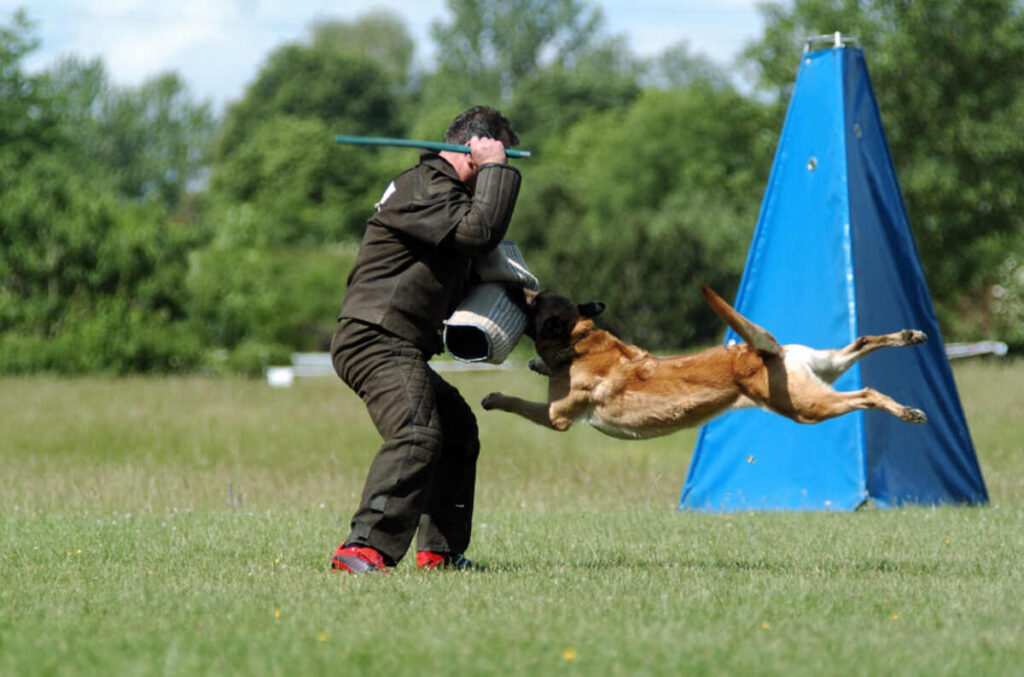
FAQs
How can I train my dog for protection & security?
Training your dog for protection & security involves several steps. First. You need To establish a strong bond & trust between you & your dog. Then. You can start teaching basic obedience commands such as sit. Stay, & come. Gradually introduce more advanced training techniques specific To protection & security. Such as controlled aggression & alertness. Consistency. Positive reinforcement, & professional guidance are key To successful training.
What are some important qualities of a protection & security dog?
A good protection & security dog should possess several important qualities. These include intelligence. Loyalty. Confidence, & a strong drive To protect & defend their owners or property. They should also have a calm & stable temperament. Be physically fit, & have The ability To differentiate between real threats & everyday situations.
Can any dog breed be trained for protection & security?
Although certain breeds are commonly used for protection & security work. Any dog breed can potentially be trained for these purposes. However. It’s important To consider a dog’s innate characteristics & temperament when selecting a breed for protection training. Some breeds may naturally exhibit more protective traits. Which can make The training process easier.
How long does it take To train a dog for protection & security?
The duration of training for protection & security can vary depending on several factors. Including The dog’s breed. Age, & previous training experience. On average. It can take several months To a year or more of consistent & dedicated training To fully prepare a dog for protection & security work. Patience. Consistency, & regular practice are key To achieving positive results.
Is it necessary To involve a professional trainer for protection & security dog training?
While it is possible To train a protection & security dog on your own. Involving a professional trainer is highly recommended. A professional trainer has The necessary skills. Knowledge, & experience To effectively train & handle these types of dogs. They can provide valuable guidance. Tailor training methods To your dog’s specific needs, & ensure a higher level of reliability & safety.
How can I maintain my dog’s protection & security training?
Maintaining your dog’s protection & security training requires ongoing practice. Reinforcement, & periodic refresher training sessions. It’s important To continue practicing obedience commands. Reinforcing good behavior, & exposing your dog To different environments & scenarios. Regular physical exercise. Mental stimulation, & socialization are also vital for maintaining your dog’s overall training & wellbeing.
Conclusion
In conclusion, dog training for protection & security is an essential practice for those looking to enhance their safety at home or in professional settings. By implementing the right training techniques, individuals can ensure that their dogs are capable of effectively guarding their property & themselves.
It is important to remember that dog training for protection & security requires patience, consistency, & positive reinforcement. Using a conversational tone & simple language throughout the training process is crucial to ensuring that both the dog & the trainer can effectively communicate with and understand each other.
By avoiding jargon & complex terms, trainers can focus on building a strong bond with their dogs & teaching them the necessary skills for protection & security. This also allows for a smoother training experience, eliminating confusion & frustration for both parties involved.
Additionally, dog owners must prioritize the safety & well-being of their dogs during the training process. It is essential to provide a conducive environment, ensure proper nutrition, regular exercise, & sufficient rest to keep the dogs healthy & alert.
Remember, dog training for protection & security should always be conducted under professional guidance, especially for those new to this practice. Seeking the help of experienced trainers will not only improve the efficiency of the training but also ensure the safety of both the dog & the trainer.
Overall, investing time & effort in dog training for protection & security is a worthwhile endeavor that can provide immense peace of mind knowing that one has a loyal & capable companion by their side. With the right training techniques & a commitment to ongoing reinforcement, individuals can create a secure environment for themselves & their loved ones with the help of their trained & reliable canine partner.
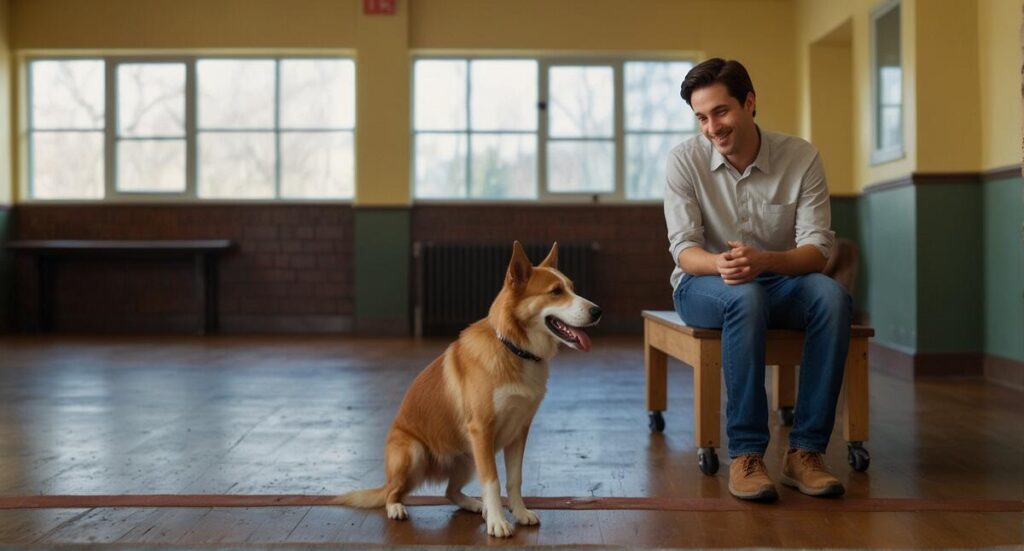




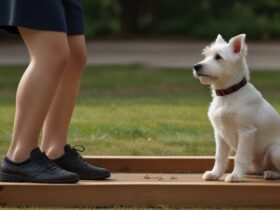
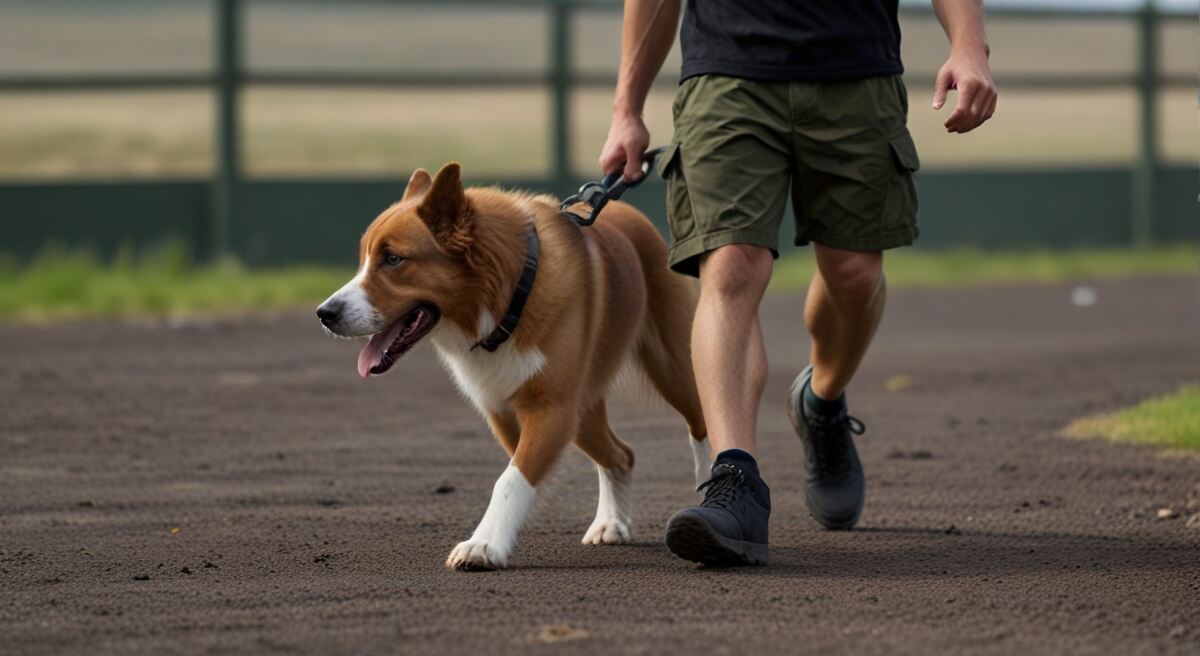

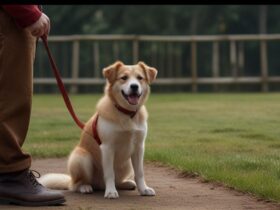
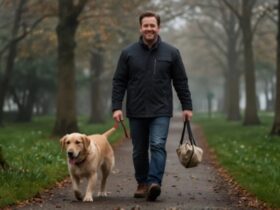

Leave a Review